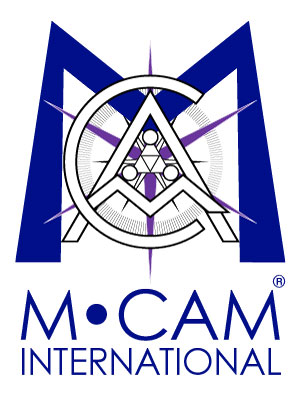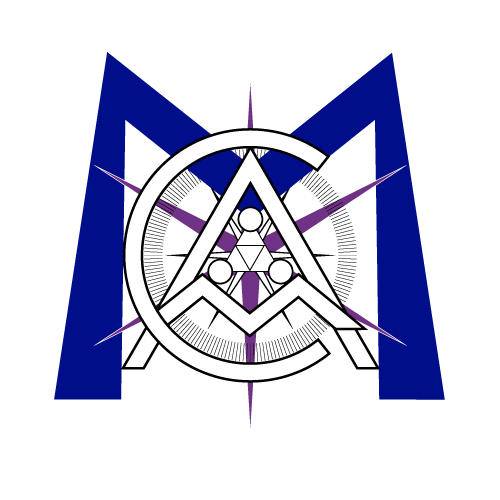What is M·CAM®?
M·CAM® is committed to the global alignment of innovation and efficient, integral capital. We are the first organization to deploy Integral Accounting practices and values and we work to assist others in engaging in a more equitable, suitable, and humane view of global business. We provide visibility to the interconnectedness of human ingenuity and reduce the friction in the value exchanged on this global network.
What is innovation?
Innovation is fundamental to life. Whether it is adaptation of living systems to their environment or it is the optimization of things for quality of life, life innovates. Innovation is equally possible to all people; your capacity to adapt to your environment and alter your environment knows no boundary – political, economic, gender, class, religion or otherwise.
What is an intangible asset?
Intangible assets are those rights granted by social establishments that are used to link innovation to finance and market controls. In exchange for sharing useful knowledge or engaging in the effort to advance economic endeavors, national entities could award to innovators or prospectors limited-time exclusionary rights. In science and technology, these rights come in the form of patents and trademarks. In art and literature, they are copyrights. In industry, they are licenses (e.g. spectrum of radio waves, use of certain resources like water, minerals, etc.) These artifacts constitute innovation, precipitated out of a common knowledge, and condensed for a momentary, context-defined use into agents around which value can be transacted.
What is a collateral enhancement?
A collateral enhancement is a financial instrument (CAPP™) consisting of a purchase offer to provide a floor bid in a foreclosure sale on certain identifiable assets. The customer for a collateral enhancement is a regulated bank or financial institution, as the party that controls the title to the asset. We created this instrument to transform the market inefficiency and restraint of industry precipitated by General Intangible Liens by honoring the value of innovation and intangibles.
What is a general intangible lien?
Over 120 years ago, intangible assets were authorized to be used as collateral. For the last 50 years, General Intangible Liens (defined in the Uniform Commercial Code) have been placed on all human endeavors from credit cards to commercial banks. Ironically, banks are unable to assign any value to these liens, thus impairing a fundamental tool of enterprise adaptation.
What is M·CAM® Strategic Innovation?
There are two questions central to understanding how to link innovation to market activity: Is it unique? Does anyone care? Our ability to manage inferential communication with computational efficiency allows us to identify suppliers and users of innovation with unprecedented speed and accuracy.
What is M·CAM® Capital Markets?
M·CAM® has measured the “creditworthiness” of Intellectual Property (IP) and Intangible Assets (IA) for nearly two decades through numerous boom and bust cycles. We have used the Innovation α® methodology in our pre-qualification and underwriting reviews of over $250 billion in senior secured credit transactions. We formed Purple Bridge LLC, the world’s only text-based, quantitative, algorithm equity fund. PB1 uses Innovation α® signal to identify large cap public equities that will outperform their market / index cohorts while matching index risk. This proprietary algorithm Limited Partnership Fund targets an annualized accretive 16% index out-performance yield.
What is Innovation α®?
Innovation α® is the measured difference between better and worse performers in innovation and the management thereof. We examine the intangible assets held by firms, compare them qualitatively to the equivalent rights held by other firms, and characterize the economic consequence of these assets on the underlying enterprise. This analysis provides an absolute qualitative and quantitative measure of each company’s innovation and management thereof, as well as a relative score of how one company’s performance is likely to compare with others with whom it cooperates or competes. All of the Innovation α® data underpinning our methodology is public data. Our collection, organization, analysis, and model inputs using this information is proprietary and unprecedented. And unlike other quantitative traders, we don’t have to hide behind a ‘black box’. Our investors and signal licensing partners are welcome to a transparent engagement with our process.
What is the Heritable Innovation Trust™?
The Heritable Innovation Trust™ (HIT™) is one of several models pioneered by M·CAM to honor innovation without explicit property enclosure. The HIT™ provides a means of engagement in which indigenous and community-created and community-held knowledge can be shared with the world for everyone’s benefit. Under a modified “end-user license agreement,” the HIT™ engages both the provider of knowledge and the user within a framework for mutual collaboration and benefit sharing in which both parties are equally relevant to each other.
What is the Global Innovation Commons™?
The Global Innovation Commons™ (GIC™) is one of several models pioneered by M·CAM to honor innovation without explicit property enclosure. For the last 50 years, the focus has been on the market control afforded by the time-limited monopoly rights of patents, rather than on the societal benefit. Over 95% of the world’s patents are now defensive, representing litigation obstacles between companies rather than advancements of the public interest. The GIC™ turns this system on its head by providing free-access compilations of all patent information addressing critical human needs so that the information can be readily used by the public.
What are Trade Credit Offsets?
Trade Credit Offsets (TCOs) are a contractual obligation that occurs when a business domiciled in one country signs a contract to do business in another country. TCOs have become commonplace in sovereign procurement over the past 50 years. If the transaction represents a significant component of the GDP, as part of the agreement a percentage, usually 20-30%, of the total contract value is obligated to be paid from the company to the foreign country during the term of the contract. In this regard, offsets are essentially like coupons. Offsets can be repaid to the country in three ways: cash, training/capacity building (3x cash value multiplier), and proprietary technology transfer (10x cash value multiplier). Companies prefer to transfer technology or do capacity building rather than transfer cash as, in many cases, it is not profitable to send up to 30% of a cash flow back to a customer.
How does M·CAM help structure Trade Credit Offsets?
By accurately assessing what innovations can be used in open-source, generic use in a country, we can link local development priorities to sovereign level procurement, allowing governments to select innovation and know-how to solve local problems from the innovation reserves of multinational corporations. From this analytic and engineering process, we can develop factoring solutions to provide investment and capital support for emerging enterprise opportunities.

